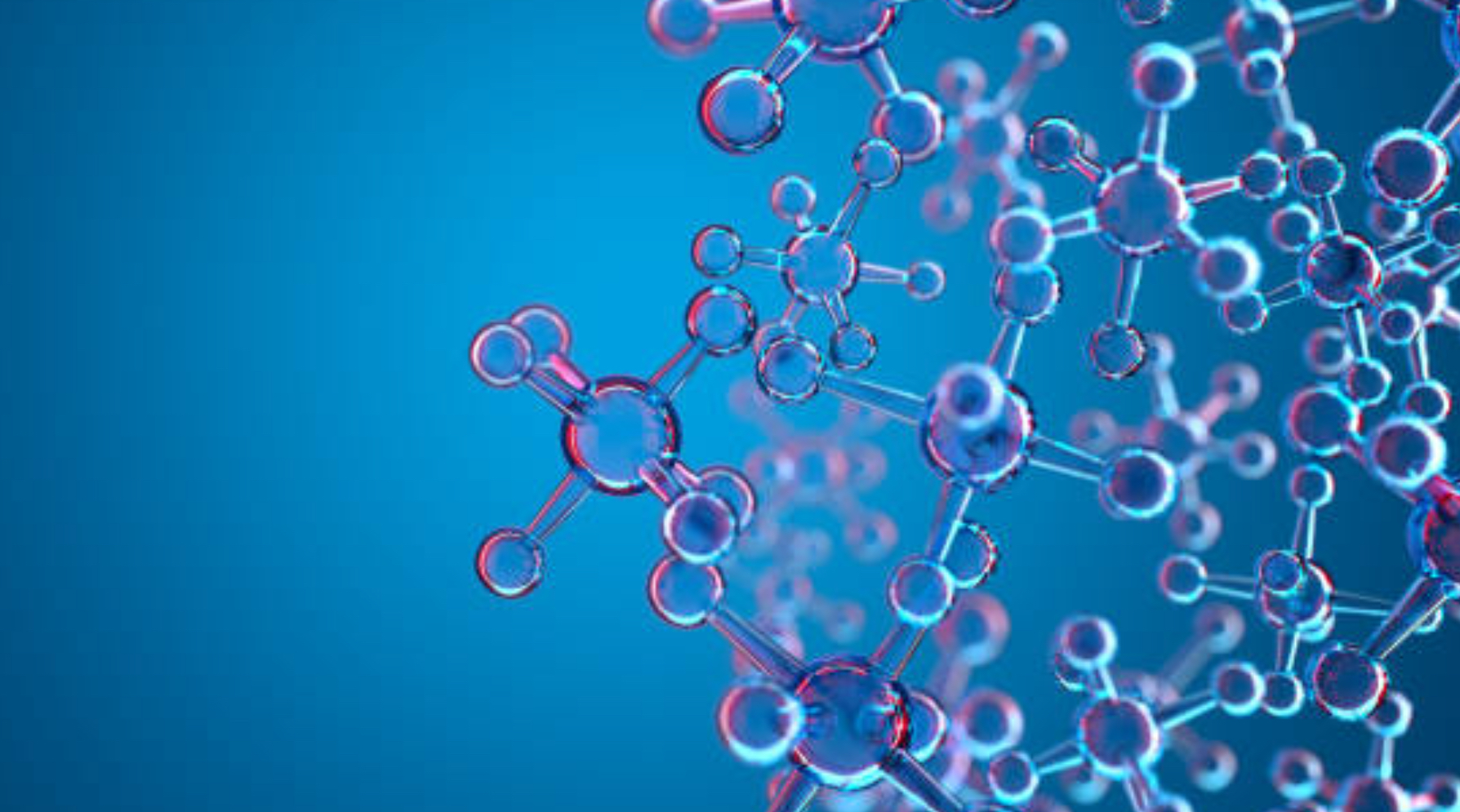Haloalkanes an Introduction
IntroductionHaloalkanesThe halogen derivatives of alkane are called haloalkanes. Or the organic compound containing halogen atom (X = -F, -Cl, -Br, -I) as functional group are called haloalkanes.R...

Physical properties of haloalkanes
1. Lower members of haloalkane are colorless gases, higher are colorless and sweet-smelling liquids and next higher are colorless waxy solids.
2. They are insoluble in water and soluble in almost all organic solvents.
3. They burns with green edged flame on air.
4. The boiling point of haloalkane are higher than alkanes.
5. The boiling point of haloalkane having same alkyl group is RI > RBr > RCl due to large size of halogen atom.
6. Branched chain haloalkane have lower boiling point than straight chain haloalkane due to spherical nature.
7. The boiling point increase as the increase in alkyl group.
Chemical properties of haloalkanes
The haloalkane are more reactive than alkane due to presence of polar C-X bond. The polarity arise due to difference in electronegativity value between carbon and halogen atom. Halogen atom are more electronegative and attracts the shared pair of electrons themselves and develops a partial negative charge while carbon develops partial positive charge.
Fig: Polarity of C-X bond in haloalkane
A] Nucleophilic substitution reaction
The nucleophile are electron rich species having lone pair of electron or negative charge and can attack to electron deficient centre. When a nucleophile is substituted by another nucleophile then the reaction is called nucleophilic substitution reaction.

Here, existing nucleophile has been substituted by incoming nucleophile.
1. Reaction with aqueous NaOH or KOH (Formation of alcohol)
When haloalkane reacts with aqueous solution of NaOH or KOH then alcohol is formed.

2. Reaction with sodium alkoxide (R-ONa) (Williamson’s ether synthesis / Formation of ether)
When haloalkane is heated with sodium alkoxide then ether is formed. This reaction is called Williamson’s etherification reaction.

Ambident nucleophile
Those nucleophiles which consist of possible two attacking site on electron deficient centre are called ambident nucleophile. For example, NO₂⁻, CN⁻ etc. Cyanide ion is ambident nucleophile because both carbon and nitrogen can supply a pair of electrons during nucleophilic attack.

3. Reaction with alcoholic NaCN or KCN
When haloalkane are heated with alcoholic solution of NaCN or KCN then alkane nitrile (Cyanides) are formed. This reaction is largely used to increase the number of carbon atom during organic conversion.
Alkane nitrile (Cyanides) are very useful chemical which give various product when treated with different reagents.
a) Reduction (Mendius reaction for 1˚amine)
On reduction of alkane nitrile with different reducing agents, primary amine is formed.
b) Complete hydrolysis
On complete hydrolysis of alkane nitrile with dilute HCl, carboxylic acid are formed.
c) Partial hydrolysis
On partial reduction with conc. HCl in presence of alcoholic H₂O₂, amide is formed.
d) Stephen’s reaction
On reduction with SnCl₂ in presence of HCl, aldehyde is formed.
4. Reaction with alcoholic AgCN
When haloalkane are heated with alcoholic solution of AgCN then alkyl isocyanide is formed.
Here, AgCN is covalent compound. So, it does not dissociate easily. Therefore, the lone pair of electron present on nitrogen atom attacks to haloalkane to form isocyanides.
Similarly, isocyanide forms different compounds as;
a) Reduction

b) Acidic hydrolysis
c) Rearrangement reaction
5. Reaction with alcoholic silver nitrite (AgNO₂)
When haloalkane are heated with alcoholic AgNO₂ solution then nitroalkane are formed.

Here, AgNO₂ is covalent compound. Hence the lone pair of electron present on nitrogen atom attacks to alkyl group of haloalkane to form nitroalkane.
[Ag-O-N=O] ⟶ [Ag−NO₂]
6. Reaction with aqueous NaNO₂ or KNO₂
When haloalkane are heated with aqueous NaNO₂ or KNO₂ solution then alkyl nitrite are formed.
Here, NaNO₂ is ionic compound. Hence Na−O bond breaks easily and negatively charged oxygen attacks to haloalkane to form alkyl nitrite.
[Na-O-N=O] ⟶ [Na⁺ + ONO⁻]
7. Reaction with alcoholic NaSH or KSH
When haloalkane are heated with alcoholic solution of sodium or potassium bisulphite then thio-alcohol (thiol) are formed.
8. Reaction with silver salt of carboxylic acid
When haloalkane are heated with silver salt of carboxylic acid then ester are formed.
9. Reaction with alcoholic ammonia (Hoffmann’s ammonolysis reaction)
When haloalkane are heated with alcoholic solution of ammonia then primary amine are formed.

If excess haloalkane is taken then secondary and tertiary amine are formed along with small amount of quaternary ammonium salt.

B] Elimination reaction (Dehydrohalogenation reaction)
When haloalkane are boiled with alcoholic solution of NaOH or KOH then alkene is formed. In this reaction one hydrogen and halogen atoms are removed from adjacent carbon. So this reaction is called dehydrohalogenation or elimination reaction.

This reaction is also called β-elimination or trans elimination or 1,2-elimination.
Saytzeff’s rule
If dehydrohalogenation of haloalkane gives two or more alkene then alkene containing greater number of alkyl group on double bonded carbon is major product. This rule is called Saytzeff’s rule.
Alkene containing more alkyl substitution is more stable.
C] Reaction with metals
1. Reaction with sodium (Wurtz’s reaction)
When alkyl halide is heated with sodium metal in presence of dry ether then alkane having double number of carbon atom is formed.
2. Reaction with magnesium (Grignard’s reagent)
An organo magnesium halide is commonly called Grignard’s reagent. When alkyl halide is heated with magnesium in presence of dry ether or THF then alkyl magnesium halide is formed.

3. Reaction with active metals
When alkyl halide is heated with active metals in presence of dry ether then organo metallic compounds are formed.
D] Reduction reaction (Formation of alkanes)
1. Catalytic reduction

2. Reduction with metal hydride

3. Reduction with metallic solution

E] Rearrangement or isomerization reaction
When alkyl halide is heated with anhydrous AlCl₃ at about 300˚C then rearrangement reaction occurs to give its isomeric product.

Please Log In to ask your question.
Pls check the rxn from Chemical Properties(A-6)